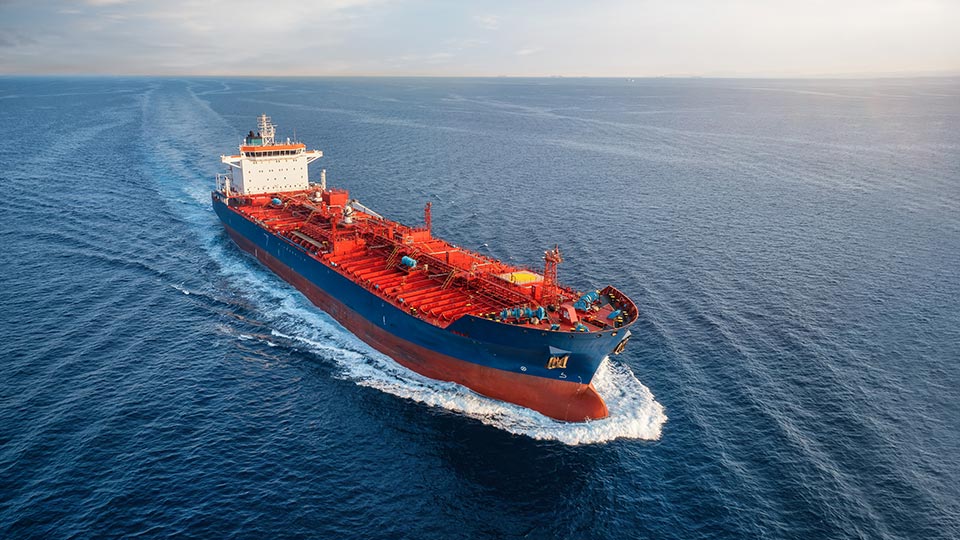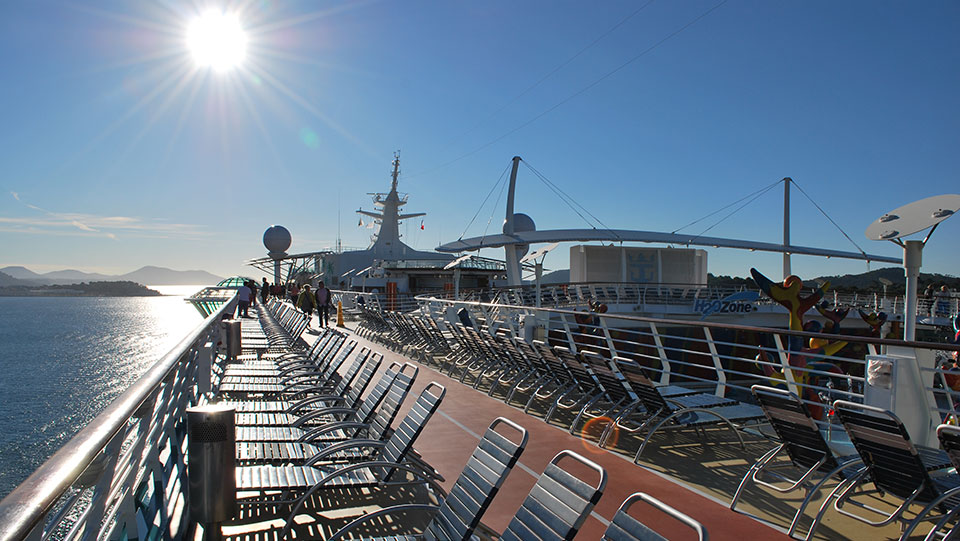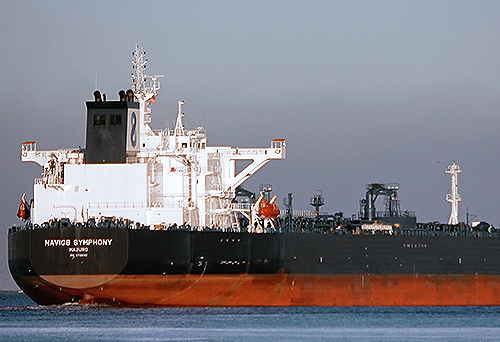Safe sea transport needs safe gas monitoring
When fossil fuels are transported by ship, the oxygen content in the tanks must be kept low to avoid the risk of explosions. This is achieved through inert gas generators (IGG). According to the IMO, the oxygen content in the gases that are led to the cargo spaces must be below 8 %. For safety reasons, the actual oxygen content must be monitored.
MONITORING THE OXYGEN LEVEL FOR SAFETY REASONS
An IGG is an oil burner followed by a scrubber that cleans and cools the exhaust gases. It is also possible to use purified exhaust from the ship's main engines or generators as a gas source, or a combination of these systems. The resulting gas contains mainly nitrogen, carbon dioxide, and a small amount of oxygen.
It is central to the safety of the ship to monitor that the inert gas system is working and that the oxygen content remains well below the IMO limit values. This is ideally done with the reliable OPSIS oxygen monitor that deliver monitoring results in real time via analog or digital interfaces.

OPSIS OXYGEN MONITOR HANDLES TOUGH ENVIRONMENTS
OPSIS oxygen monitor is based on the well-proven zirconium dioxide technology. The same type of monitor is used in very tough land-based applications and is therefore also well suited for marine use.
A probe with a sensor is installed in the flue gas duct and connected to a control unit. The controller calculates the actual oxygen content in real time and monitors correct operation. The monitoring results and alarm signals can be delivered via the standardised Modbus communication protocol or via physical signal cables. It makes it easy to integrate the instrument for monitoring the inert gas system.

MARINE GAS ANALYSIS WITH OPSIS
There are multiple reasons for choosing OPSIS as supplier of systems for gas analysis. Among the key benefits of the methods and solutions offered by OPSIS are:
- a single monitoring system for all types of gases
- a single system can measure at several monitoring points
- non-contact measurement, no sampling
- long maintenance interval
- low energy consumption
- calibration of gas analysers only once a year
- hundreds of systems installed on ships around the world
- certified by, among others, DNV, RINA, Lloyd's Register, and Bureau Veritas.


